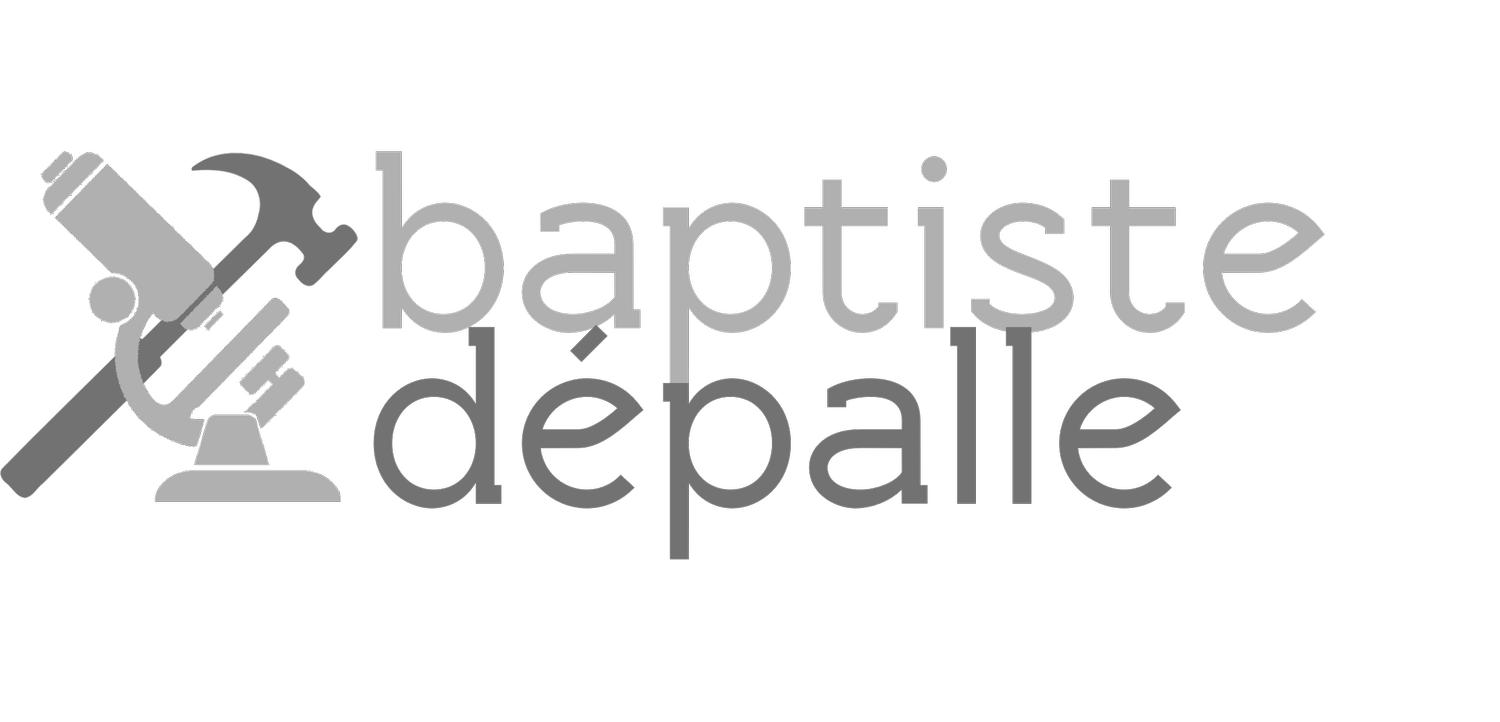A 3D Printed Arm For Aristide
Model of The RIT Arm v2
Few month ago, I was told the story of Aristide. Due to a congenital disease, Aristide is born without arms nor legs. He is now 9 years old. He lives in Senegal where it is difficult to get help with such a complicated pathology. It is already hard to have access to simple leg prosthesis so thinking about a patient specific bionic arm was completely out of the question. Fortunately, the rising of 3D printing methods allow for the realization of relatively simple custom prosthesis. Several examples can be found ranging from the simple shape to futuristic bionic arms a la Star Wars.
Luke Skywalker had a cybernetic hand installed to replace the lost arm after his duel with Darth Vader
There is various resources online that provide open-source models of hand and arm prosthesis. An amazing resource for arm models can be found at enablingthefuture.org. A great tool on the website can help you define what type of model is most appropriate for what you need. The artificial limb are of different complexity ranging from wrist actuated hand designs form those who are missing fingers to more complex myo-electric 3D printable arms for those who have above elbow limb differences.
The prosthesis was due to be used in a small village in Senegal, a place where getting any technical help and support with prosthesis was unlikely. I needed a relatively simple model, without any fancy and potentially unreliable electronic, that could give Aristide back some prehension capabilities.
Aristide is missing most of his forearms so I settled on the model call The RIT Arm. The original model have been design by Rochester Institute of Technology researcher Jon Schull and can be found here. The model use the flexion of the elbow to power the motion of the fingers. With a string and pulley system, flexing the elbow allow to close the prosthetic’s fingers and grab object, giving the prosthesis some functionality.
I was lucky enough to have a friend who lent me his 3D printer for this project (Thanks Christopher ;-)). The printer is a Vertex K8400 made by Velleman. It can accommodate two different materials but for my first 3D printing project, I kept things simple. As much as I wanted to make this bionic arm look cool, I needed first to get a functional prototype. The printer has a 0.35mm nozzle diameter and can print with a layer resolution of 0.1mm. For the material, I choose a 1.75mm light blue PLA filament. I sliced my parts with the Slic3r engine to generate the G-code instructions that can be understood by the printer.
For the printing settings, I choose a 0.2mm height and a 40% infill density with a rectilinear pattern. This settings seem a good trade-of between resolution and print speed. After a bit of trial and error, I settle on a print speed ranging from 40mm/s for small perimeters to 48mm/s for infill. To minimize the initial piece warping, I printed a 5mm brim which, combined with double sided tape, helped the first layer stick to the printer’s bed.
The model of the arm is made of 18 main parts. I started by printing the fingers that are composed of only two knuckles per finger. This allow for a simplify model while retaining the articulation of the hand and allow to comfortably grab objects with the prosthesis. The hardest part to print was the palm of the and. It is one of the only piece for which I needed to use some support material. The final print took about 12h. I had a couple misprints until I realized there was a faulty contact on the printer controller board. Once that was repaired, everything went smoothly.
Printing the fingers
The assembly is quite straightforward. In the initial model, the joints are made with 3D printed pins which look quite fragile. I replace half of it with photo album metal binding, also called “Chicago screws”. These screws have a very thing flat head and do not protrude from the hand. The joint between the palm and the four fingers is made with a single 65mm M5 screw. The screw had to be slightly curved to match the curvature of the joints. I used another 10mm M5 screw for the thumb to palm joint. The most complicated part of the assembly is to add the string and pulley mechanism. The fingers and thumb and kept open using elastic strings. To close the hand, I used some heavy duty fishing line. The fingers are attached by pairs to a whippletree. A single line goes from the triceps to the whippletree, through the elbow. Another line goes for the thumb. When bending the elbow, the line is pulled which close both the four fingers and the thumb, thus allowing to close the hand on objects to grab them.
After adjusting the cable length with the tensioning system at the triceps, I was able to grab an apple or a small bottle of water. This is encouraging but only useful if it fulfill its function at the will of Aristide. This first iteration of the right arm has been sent to him and I am waiting for some news to either work on an improved version or work on the left arm…









